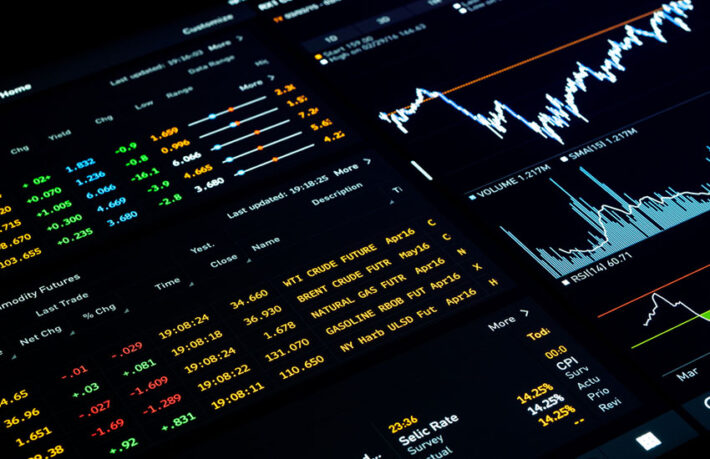Understanding the DXY Index: A Key to Forex and Global Market Insights
In this article, we take a comprehensive look at the U.S. Dollar Index (DXY), a pivotal indicator for tracking the performance of the U.S. dollar in the global financial landscape. Often referred to as the USDX or simply the Dollar Index, this metric serves as a vital benchmark for traders, investors, and policymakers alike, offering insights into currency dynamics and economic trends. We’ll uncover its definition, historical significance, composition, and other essential features that make it a cornerstone of financial analysis.
What is the DXY Index?
The U.S. Dollar Index (DXY), also known as the DXY Index or USDX, is a weighted measure of the value of the U.S. dollar (USD) relative to a basket of foreign currencies. Like stock market indices such as the Dow Jones or the S&P 500, the DXY tracks the strength of the dollar, providing an up-to-date picture of its performance.
Introduced in 1973 after the collapse of the Bretton Woods system, the DXY began with a base value of 100.00. A rise to 110.00 signifies a 10% appreciation of the dollar against its base value. Historically, the index has reached a high of 163.83 in 1985 and a low of 70.698 in 2008.
History of the DXY Index
Until 1971, the international monetary system operated under the Bretton Woods framework, a modified gold standard that pegged major currencies to the U.S. dollar, which was in turn linked to gold. However, challenges such as capital flow restrictions in Europe led to its collapse.
In August 1971, U.S. President Richard Nixon announced the suspension of the Bretton Woods system as gold reserves dwindled. The dollar began to float freely, setting a precedent for other currencies to do the same. By 1973, the Federal Reserve established the DXY to measure the dollar’s value against a basket of six currencies: the euro, yen, pound sterling, Swedish krona, Swiss franc, and Canadian dollar.
Composition of the DXY Index
The DXY Index is calculated using a weighted geometric average of the USD exchange rate against six major currencies. The composition is as follows:
- Euro (EUR): 57.6%
- Japanese Yen (JPY): 13.6%
- British Pound Sterling (GBP): 11.9%
- Canadian Dollar (CAD): 9.1%
- Swedish Krona (SEK): 4.2%
- Swiss Franc (CHF): 3.6%
In 1999, the euro replaced several European currencies in the index, including the German mark. There have been discussions about adding the Chinese yuan (CNY) and Mexican peso (MXN) due to their significant trade relationships with the U.S.
Dynamics of the DXY Index
The DXY rises when the dollar appreciates against the basket currencies and falls when it weakens. Given the euro’s significant weight in the basket, its performance has a major influence on the index.
Alternative Dollar Indexes
Apart from the DXY, other dollar indices, such as the Bloomberg Dollar Index and the Wall Street Journal Dollar Index, measure the dollar’s value. While correlated with the DXY, these indexes use different calculation methodologies, resulting in varying values.
Historical Levels of the DXY Index
- Record High: 163.83, March 5, 1985, during Ronald Reagan’s presidency. High interest rates helped defend the dollar’s value and combat inflation.
- Record Low: 70.698, March 16, 2008, amid fears of an economic crisis and a weaker banking system in the U.S., paired with optimism about Europe’s economic outlook.
What Factors Affect the DXY Index?
Interest Rates
Higher U.S. interest rates attract investors, increasing the dollar’s value. Conversely, expectations of rate cuts can pressure the DXY.
Risk Sentiment
The dollar is seen as a safe-haven currency. In times of crisis or uncertainty, the DXY often rises, while risk-on sentiment can lead to declines.
Macroeconomic Fundamentals
Key economic data, such as interest rate changes by major central banks, impacts the DXY. For instance, unexpected ECB rate hikes significantly influence the index due to the euro’s heavy weighting.
Conclusion
The U.S. Dollar Index is a vital macroeconomic indicator that tracks the dollar’s performance relative to its base value of 100.00. Traders, analysts, and economists closely monitor the DXY to gauge trends in the U.S. currency and generate Forex trading signals. Understanding the DXY’s composition, historical trends, and influencing factors can provide valuable insights for trading and economic analysis.


